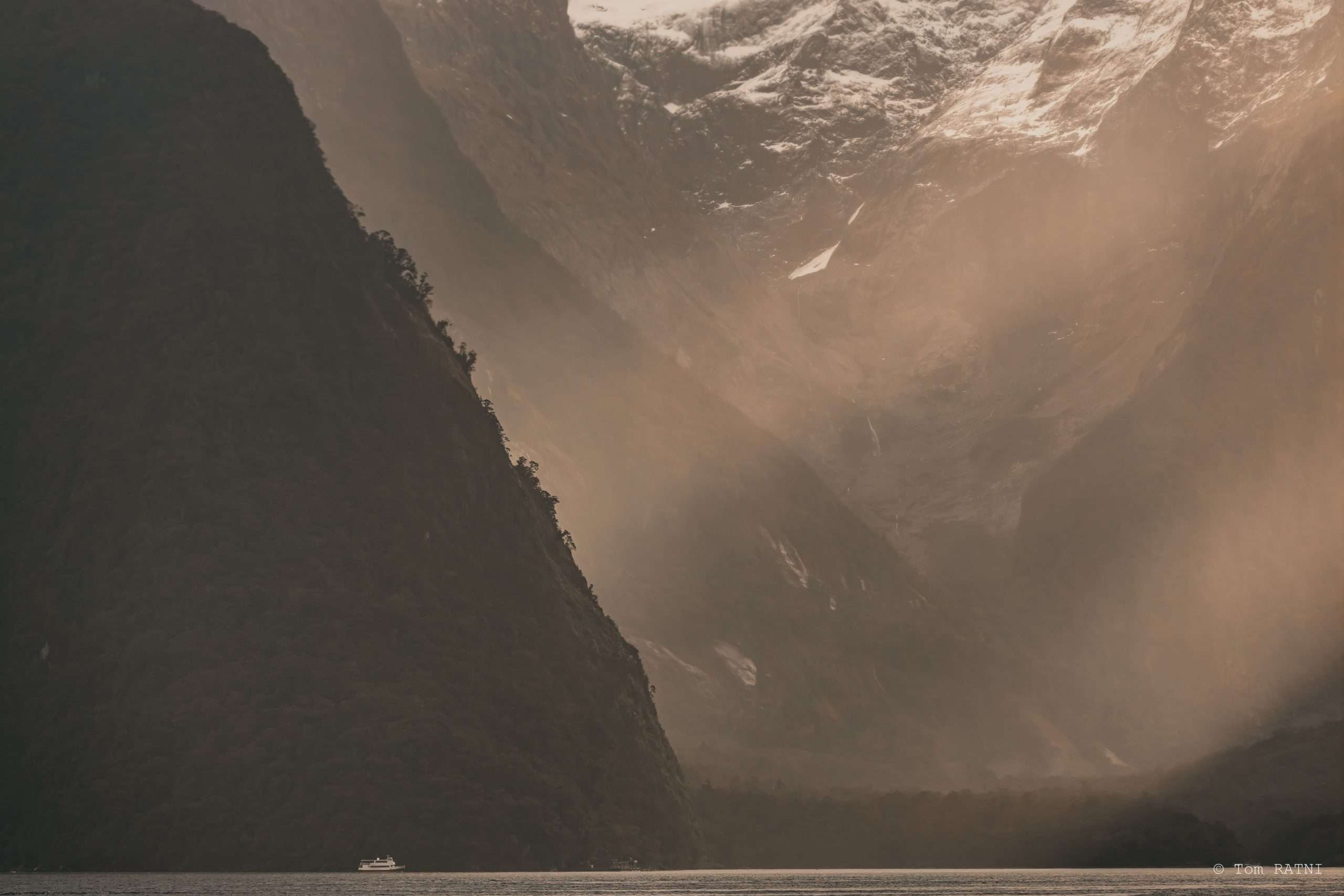What is the exposure triangle?
Taking a photo sometimes seems simple, yet there are many subtleties to know. Let’s start from the beginning : the exposure triangle is having a perfect exposure to have a perfect photo.
Here, we will say that an image that is too bright will be overexposed when an image that is too dark is underexposed. Correctly exposing your photo is then finding one in between to recover as much detail as possible on the entire image.
The three angles of the triangle
Controlling the exposure of a photo means finding a balance between too light and too dark. To do this, you must learn to master 3 main parameters: Aperture, Shutter speed and ISO.
The Aperture
The aperture is the amount of light that will be allowed into the body thanks to the lens or more precisely the diaphragm. This one will simply open more or less to let more or less light pass through. The aperture in photography is expressed in « f/ » value. Be careful, it is important to know that smaller this value is, more the diaphragm will be wide open and vice versa. In other words, an aperture of f/1.2 is one of the largest apertures that will therefore let a lot of light through.
You should know that playing on the aperture will directly influence the depth of field. This creating Bokeh or not (the background blur).
The Shutter Speed
The shutter speed determines the time during which the shutter will remain open (how long the sensor will remain exposed to light, which is commonly called the exposure time). It is expressed in fractions of seconds (ex: 1/250s). The lower this value is, the faster the sensor will open and vice versa. Playing with shutter speed will allow us to create motion blur (during a long exposure) or to freeze it completely.
The ISO
The ISO sensitivity (or sensor sensitivity) will vary and react differently depending on the ambient light of the scene. This value is expressed in ISO (often from ISO 100 and up to more than ISO 25600 for some cameras). The more we increase this ISO value, the more we will make our sensor sensitive to light. Be careful, you should know that increasing ISO can make it possible to recover light on a dark scene but that it will also create what is called “noise”, a kind of grain visible in the final photo.
Everything is a story of balance
We talk about an exposure triangle because although these three parameters work independently of each other, they are nevertheless linked. Adjusting the aperture according to the ambient light will necessarily mean having to rebalance (or compensate in other words) with the shutter speed and the ISO. They are all related in what is called the exposure triangle.


